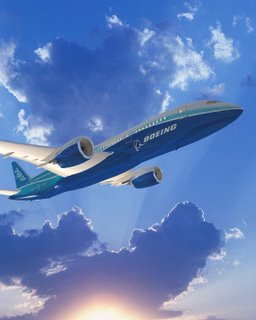Note that in the video, the satellite's angular movement is quite fast, because its trajectory is at fairly low altitudes. Hence, the building is tilting noticeably away from the satellite's movement, and from us, the viewers in the sky. And also the aircraft's apparent trajectory seems to be moving away from us, the observers.
This is amazingly accurate picture, though!
Down here, on the ground, worth some nimble interpretation may also be what Jay Carney (the then president Barrack Obama's spokesman, who has resigned since) meant, exactly, in the first days after the flight disappeared, when stating in a White House press briefing that the aircraft is actually in Indian Ocean (south-west of Malaysia), while the search aircraft and vessels were at the time still deployed searching east of Malaysia. Sounds now, many weeks later, more than intriguing, doesn't it? What Carney said, after some unnamed Pentagon official had first hinted the same, is like this:
“It's my understanding that based on some new information that's not necessarily conclusive, but new information, an additional search area may be opened in the Indian Ocean, and we are consulting with international partners about the appropriate assets to deploy.”That statement precedes the later speculation that the aircraft's engines had been running up to 7 hours after the last contact over South China Sea between Malaysia and Vietnam. INMARSAT calculated later on that the aircraft's probable course could have been along a circular route either northwest and southeast of Malaysian airspace
The problem with MH370 seems to be that, after the flight had levelled off at 35,000 feet, something/someone inhibited/damaged the aircraft's location (e.g. ADS-B that broadcasts certain location specific data 'continuously') transmissions and all other communications from the aircraft including the Secondary Surveillance Radar replies. What that something/someone was, is anybody's guess.
There are (unconfirmed, naturally) reports that MH370 had climbed to 45,000 feet, which is well above the maximum operable flight altitude limit specified for this type of aircraft, after it had disappeared from civilian radar at the time when its control was being handed over from Kuala Lumpur (Malaysian) ACC (Area Control Centre) to Ho Chi Minh (Vietnam) ACC. The last radio communications where quite normal and innocent enough at 01.18 Malaysian local time:
Lumpur ACC: 'Malaysian Three Seven Zero contact Ho Chi Minh 120 decimal 9 Good Night.'
MH 370: 'Good Night Malaysian Three Seven Zero.'After the flight disappeared from the civilian surveillance systems and reached 45,000 feet (again according to these unconfirmed reports), it had descended in sporadic steps to 23,000 feet, and had then climbed to 29,500 feet at the time when all radar contact was lost with the flight, including by military surveillance.
All that could imply that the aircraft was not flown by a functioning human being or an aircraft system. However, it has been widely interpreted as meaning that somebody/something was flying the aircraft and trying to avoid being detected by surveillance systems.
The plot thickened further, when, day after Carney declared that the search area will be moved thousands of kilometres south west of Malaysia in that briefing at the White House, a CIA admiral (can't find the name now) went public and angrily asked how the hell the White House can tell such a thing (that the aircraft is in Indian Ocean). And White House went quiet for awhile.
Meanwhile, the search continued Heaven knows where, until INMARSAT used, a week later or so, their expertise to calculate the probable locations and the search was moved eventually to Indian Ocean and intensified using military units from several States and an Australian general (ex-chief of their armed forces no less) was put in charge of the search (instead of SAR experts from one of the participating states).
So, that would be a good start for a beautiful conspiracy theory.
Of course, what happened could as well be explained in terms of technical problems and flying several hours until the fuel run out. But that would not be as interesting as a good, old-fashioned and solid conspiracy, would it?
Intriguing times we are living!?





